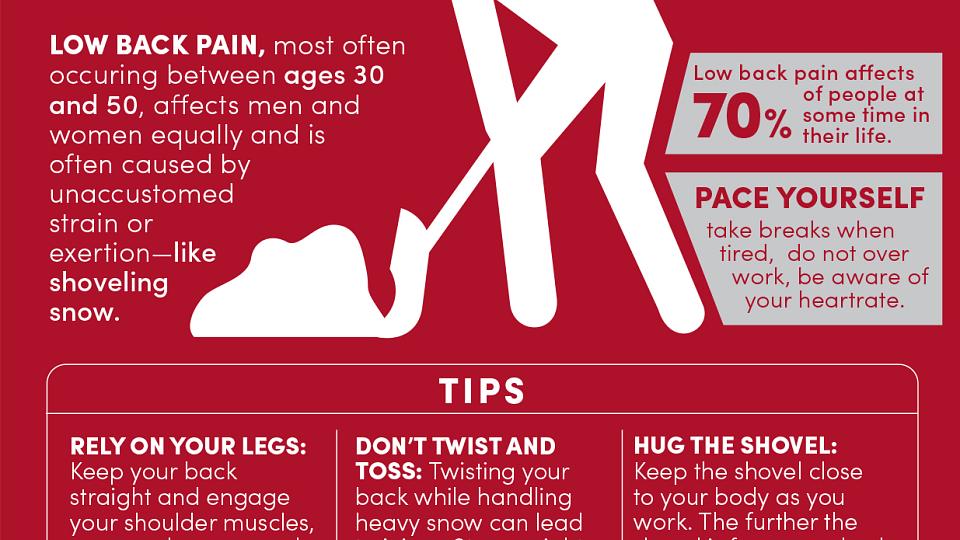
Degenerative Disc Disease
What Is Degenerative Disc Disease?
Degenerative disc disease refers to the natural aging of your spinal discs. Your spine is made up of bones (vertebrae) that interlock, which are cushioned by soft discs that absorb shock to your spine. Being able to absorb this shock allows you to twist, bend, and flex your back and neck.
Over time, these discs change and break down (degenerate). This can often cause pain, especially in your lower back and neck. Degenerative disc disease is very common.
In some cases, degenerative disc disease can cause or speed up the development of other spine conditions like:
- spinal stenosis,
- osteoarthritis in the spine,
- herniated disc, or
- spondylolisthesis.
Find a Degenerative Disc Disease Doctor
Symptoms
As people get older, it’s normal for the discs in their spine to wear down and weaken. But this doesn’t necessarily mean that everyone with degenerative disc disease will have pain or symptoms. If you do have pain, it doesn’t mean that your pain will necessarily get worse as you age.
People with long-lasting—or chronic pain (pain that lasts more than three months) may have pain that’s only mild. But for others, their pain is severe and interferes with their day-to-day activities like work or school.
Symptoms can be very different for each person, and can last for longer or shorter periods of time. Some people have symptoms that go away on their own after a few months or years.
If you do have pain or symptoms, it’s likely you will also have inflammation or muscle spasms.
Degenerative Disc Disease & Inflammation
Inflammation often causes pain. If you have inflammation in your lower back (also called the lumbar spine), pain may travel down to your hips. Inflammation in the lower back can also cause sciatica, which creates pain that radiates down the back of your legs. In rare cases, pain caused by inflammation can reach your feet or toes.
If you have inflammation in your neck (also called the cervical spine), neck pain may travel into your shoulder, arm, or even your hand. But some people only have pain in their neck.
Degenerative Disc Disease & Muscle Spasms
Inflammation and other factors from degenerative disc disease can cause muscle spasms, usually in the neck or lower back. Degenerative disc disease causes your spine to be less stable than it usually is because the bones (vertebrae) inside your spine are wearing down. Muscle spasms are an involuntary reflex that happen because your body is trying to stabilize your spine. For some people, muscle spasms can cause severe pain.
Degenerative Disc Disease Treatments
Treatments for degenerative disc disease need to focus relieving the underlying inflammation and instability in your spine. Your doctor may recommend different treatments including:
- medications,
- physical therapy,
- and exercise.
When you exercise, your body releases endorphins. Endorphins help relieve pain.
Certain body positions or kinds of physical activity can also make pain worse. So, your doctor may recommend that you stop doing those activities. For example, movements like lifting, twisting, and bending can make pain worse. Sitting for long periods of time can put pressure on your lumbosacral discs, so your doctor may recommend you change positions often or walk or run instead of sit.
Schedule an Evaluation
If you are experiencing lower back and/or neck pain, consider making an appointment with one of our specialists. A spine evaluation can help you determine the best treatment possibilities for your individual circumstances by working with a specialist. Learn more about your options for reducing back and neck pain.




